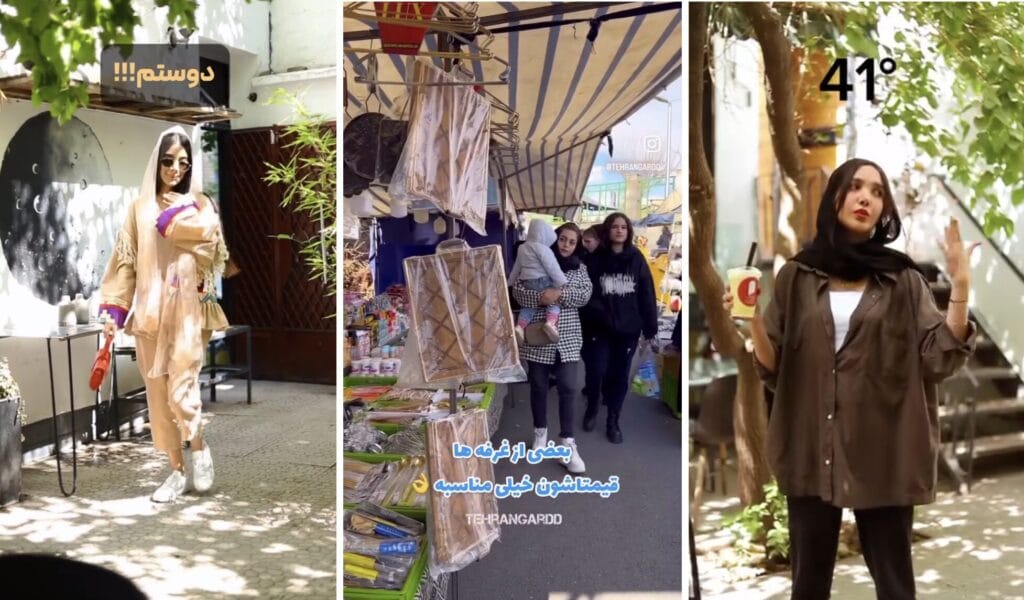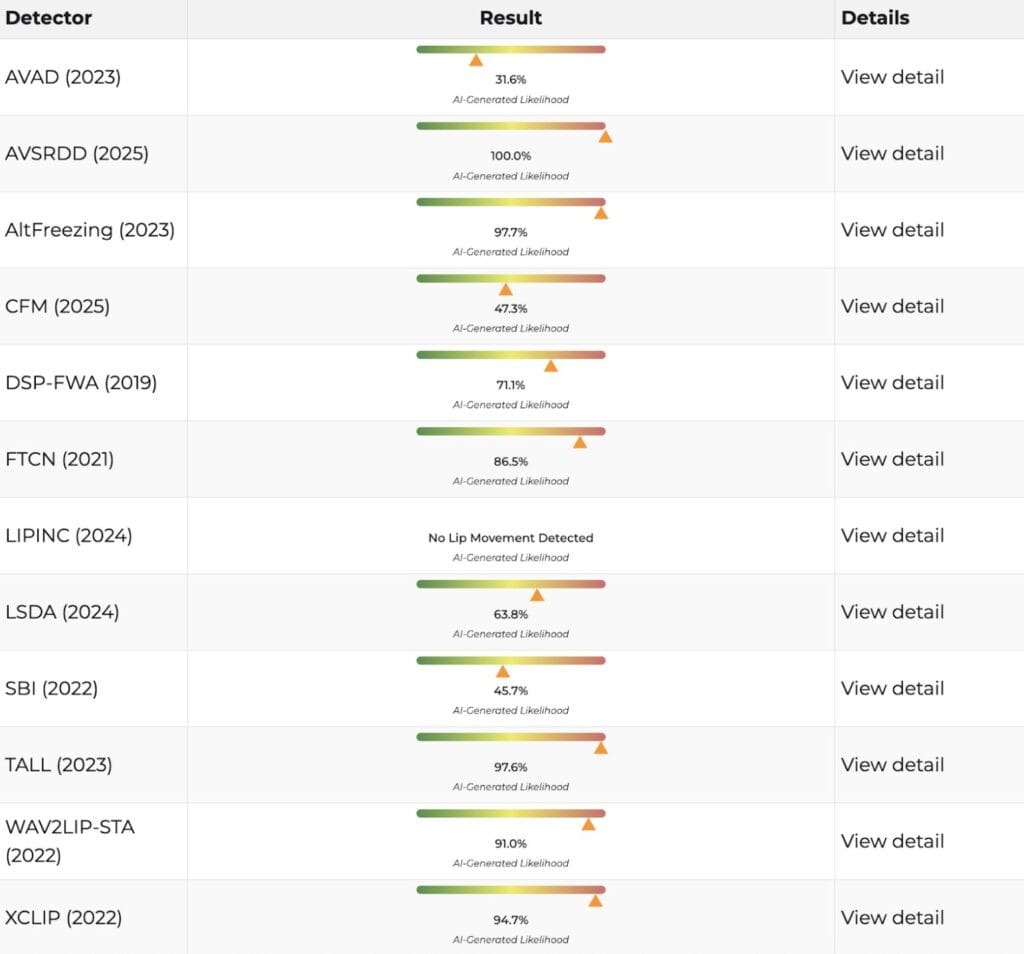In early October 2025, reports began circulating on social media that Iranian women were no longer required to wear the hijab. We have verified the accuracy of such publications.
“Iran announced the repeal of the hijab law. There is no longer a legal obligation to wear the hijab in Iran and there will be no fines, penalties or legal consequences for doing so." it says in a post on the Telegram channel “Sheikh Tamir” (111,000 views at the time of writing this analysis). Similar posts also appeared in Telegram channels “Ax Live"(734,000), "Sanya in Florida"(428,000), "Operation Z: military correspondents of the Russian spring"(425,000), "Newsach / Dvach"(211,000), "Evil proof"(183,000), etc. In addition, the news was discussed by Facebook users (1, 2, 3) And X. Many of the posts were accompanied by a video purportedly filmed in Tehran the day after hijabs were abolished, showing girls walking through the streets bareheaded, sometimes in rather revealing outfits.
The requirement to wear hijabs has practically begun to be introduced in Iran. immediately after Islamic revolution. In March 1979, they became mandatory for female employees of government agencies. Ayatollah Khomeini then stated: “Women can attend as long as they wear a hijab. They do not face barriers to work as long as they observe the Islamic hijab.” The following year, the rule extended not only to employees of government agencies, but also to visitors, and in July 1981, women were required to wear a hijab in all public places.
In 1983, the punishment for violating this requirement contributed to the Iranian Penal Code. In the corresponding article it was said: “Women appearing in public places without the religious hijab will be sentenced to caning up to 74 strokes.” Special patrols (known in the West as morality police) appeared in the country to monitor the appropriate appearance of women.
Iranian women have repeatedly staged demonstrations against wearing the hijab. Particularly large protests swept the country in 2022, after death Mahsy Amini - a student detained by the morality police and died as a result of beating at the police station. Women started en masse refuse from hijabs. If in 2019 polls showed that 71% of Iranians supported mandatory wearing of the hijab, then after the death of Amini this figure decreased significantly. In response, the Islamists decided to further tighten the legislation and developed a law to protect the family by promoting the culture of chastity and the hijab. It provided for much stricter rules and punishments than in the Criminal Code - in particular, it was forbidden to remove the hijab even inside a personal car. Control over wearing the hijab in the virtual space was separately discussed. UN called This bill is humiliating and repressive towards women. Nevertheless, it was adopted by parliament (185 votes for and only 30 against).
However, after this, the progress of the law stalled. First, the Guardian Council of the Constitution (Iran's supra-parliamentary authority) several times returned it for revision for various reasons (from unclear text to spelling errors), and when approved law, President Masoud Pezeshkian refused to sign it. He said he did not know how to implement laws that could cause conflict and unrest in society. As a result, the law has been in effect for almost a year now. in limbo: Members of parliament insist that it be adopted and must be implemented, while the government speaks of the need to make amendments.
This discussion continued statement member of the Council on the Expediency of the System, Mohammad Reza Bahonar, which probably became the reason for publications about the abolition of hijabs. On October 3 he saidthat the implementation of the law that parliament is promoting is currently legally impossible, since it has never been put into effect. “Some wanted the hijab to be compulsory. But from the very beginning I didn’t believe in the obligatory hijab - and I still don’t believe it. The compulsory hijab law is no longer enforceable,” the official added.
However, these words do not apply to the already mentioned article of the Criminal Code. She's still valid, although in recent years women have been observing it less and less. According to research, conducted by the independent Iran Open Data project, in 2023, 86% of women surveyed at least sometimes appeared in public without a hijab. At the same time, Iranian women continue to be punished for this: according to data human rights organization HRANA, in 2024, more than 30,000 Iranian women were persecuted for not complying with requirements to wear the hijab. “Verified” did not find more recent statistics on this issue on Iranian human rights websites, but also did not find information that hijabs have been abolished and women who do not wear them are no longer persecuted.
As for the video that accompanied many posts about the abolition of wearing hijabs, some details that appear in the frame (for example, signs and signs) may indicate that it was indeed filmed in Iran. However, we were alarmed that the video was assembled from several separate videos, none of which are on the Internet in itself. In addition, many of the heroines in the video are wearing tight clothes and tops with exposed midriffs, which is uncharacteristic even for those Iranian women who do not wear a hijab. “Verified” looked at a lot of photos on Instagram and YouTube and video from Iran, and in none of them did we see women in similar outfits.

We analyzed the video using DeepFake-o-meter, a service for identifying AI content. Most detectors rated the probability of using neural networks to create this video as high and even close to one hundred percent.

As such, Iranian law still requires women to wear the hijab (although not everyone follows these rules). Publications about the lifting of this requirement are based on a statement by an Iranian official who spoke about a bill that would further tighten the rules for wearing the hijab, as well as a video that was highly likely to be generated using AI.
Cover photo: Facebook screenshot
Read on topic:
- Is it true that after the Islamic Revolution of 1979 Iran turned from a secular country into a religious one?
- Are the footage showing the Olympic Games broadcast on Iranian television true?
- Is it true that the destruction of Israel is enshrined in Iran's official doctrine?
If you find a spelling or grammatical error, please let us know by highlighting the error text and clicking Ctrl+Enter.






